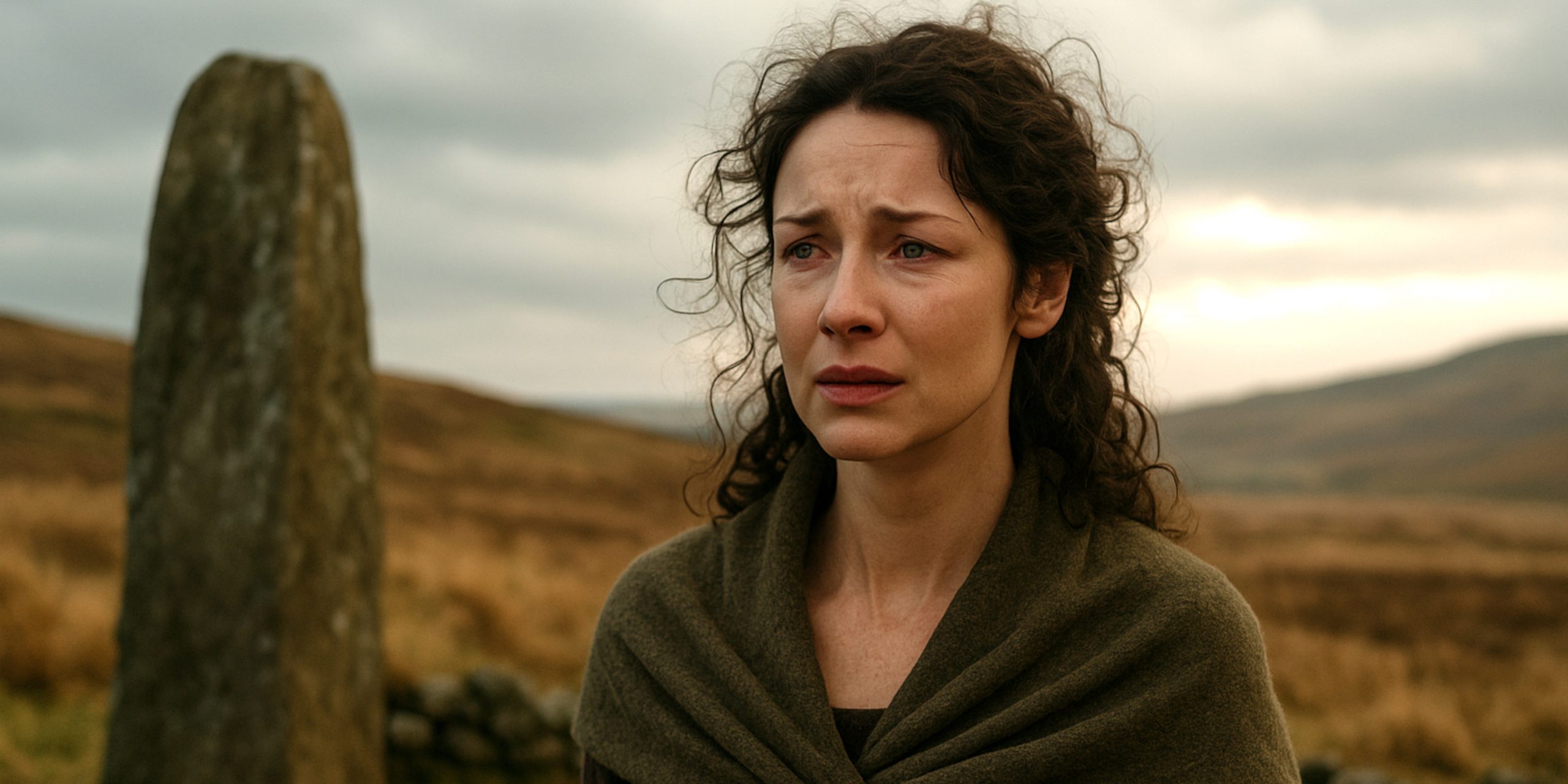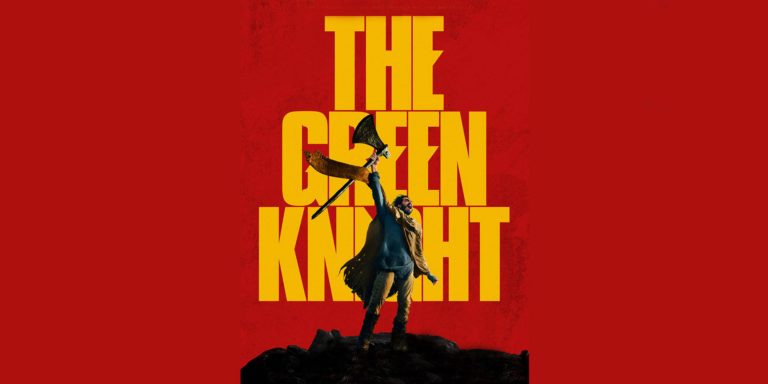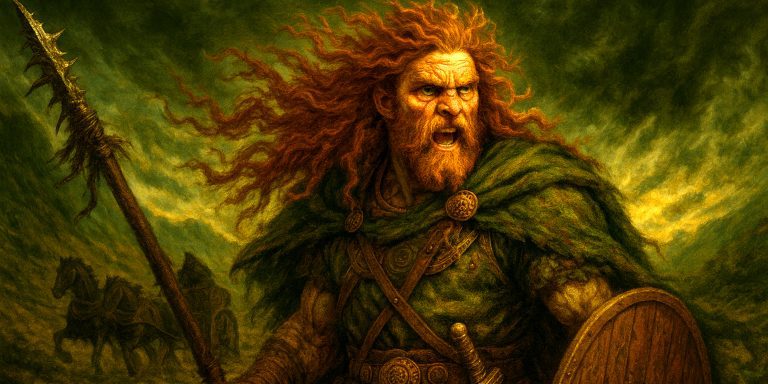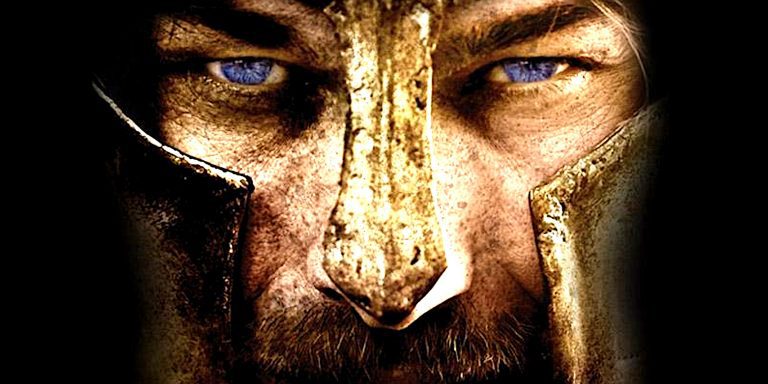
Outlander is a story about the psychological weight of time travel and the cost of being unmoored from your own era. Rather than treating it as a fantasy convenience, the series explores how dislocation across time impacts identity, relationships, and emotional resilience.
Claire’s Displacement and Psychological Strain
Claire Randall’s journey through the stones isn’t portrayed as thrilling escapism. It’s traumatic. Uprooted from post-war Britain and thrown into Jacobite Scotland, Claire is forced to hide who she is, think faster than those around her, and endure near-constant peril.
Her medical knowledge gives her leverage but also makes her suspect. Her skills put her at odds with local customs, leading to isolation and distrust. Her sense of control, honed during wartime, is constantly tested in an environment where women are often powerless.
Divided Lives and Impossible Choices
Claire’s inner conflict deepens over time. Her emotional attachments are pulled between two lives: one with Frank in the 20th century, and one with Jamie in the 18th. Rather than suggesting that love can bridge the divide, Outlander shows how the impossibility of choosing both futures tears at her.
She carries trauma from both worlds, often silently. The show is careful not to reduce this to melodrama. Instead, Claire’s experience is written with a quiet intensity, emphasising the emotional labour of living across timelines.
The Cost for Brianna and Roger
When Brianna and Roger follow Claire into the past, they bring modern expectations into a brutal world. For Brianna, her academic confidence and progressive upbringing offer little protection. Her assault by Stephen Bonnet is a defining trauma, and the show takes time to explore the lingering effects on her sense of identity and safety.
Roger, too, is reshaped by the past. The violence, instability, and lack of control weigh on him. Their marriage, tested by time and trauma, reflects how love can survive but not shield them entirely.
Time as a Force of Violence
Time in Outlander isn’t neutral. It acts as both a barrier and a pressure. Jamie, who cannot move forward, is trapped in a history he cannot change. He faces the looming disaster of Culloden knowing what’s to come, but powerless to stop it.
For Claire and Brianna, even with knowledge of the future, control is limited. History resists interference, and their foreknowledge often brings guilt or dread rather than clarity. The burden of knowing what lies ahead becomes its own trauma.
Trauma That Can’t Be Erased
Outlander doesn’t offer easy healing. Pain persists. Whether it’s Claire’s experience of sexual violence, Jamie’s torture at Wentworth, or Brianna’s assault, the show treats trauma with weight and consequence. There are no magic cures, no clean escapes.
Characters adapt, endure, and sometimes fracture. The strength shown is not in overcoming trauma neatly, but in surviving in spite of it. Time travel may open doors, but it doesn’t undo what’s already happened.
A Story of Survival, Not Escapism
Rather than romanticising time travel, Outlander uses it to explore dislocation, loss, and resilience. The show treats time itself as a hostile force, and survival within it requires more than knowledge or love.
By grounding its characters in the emotional toll of moving between eras, Outlander becomes less about fantasy and more about the human cost of living out of time.



